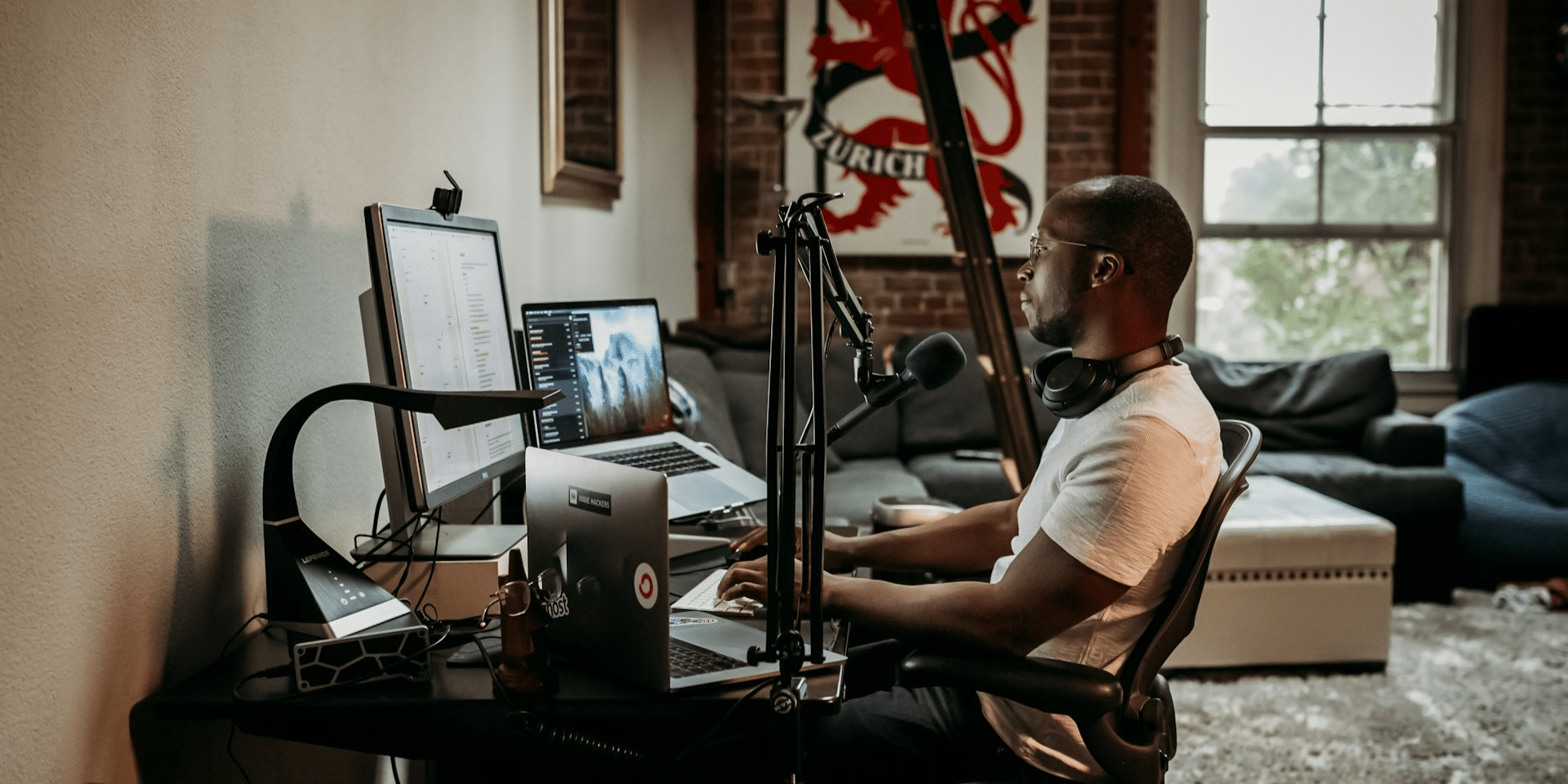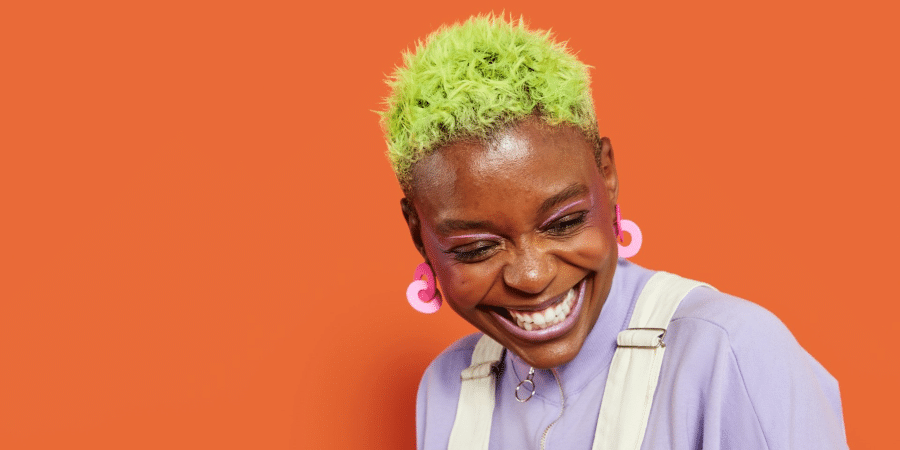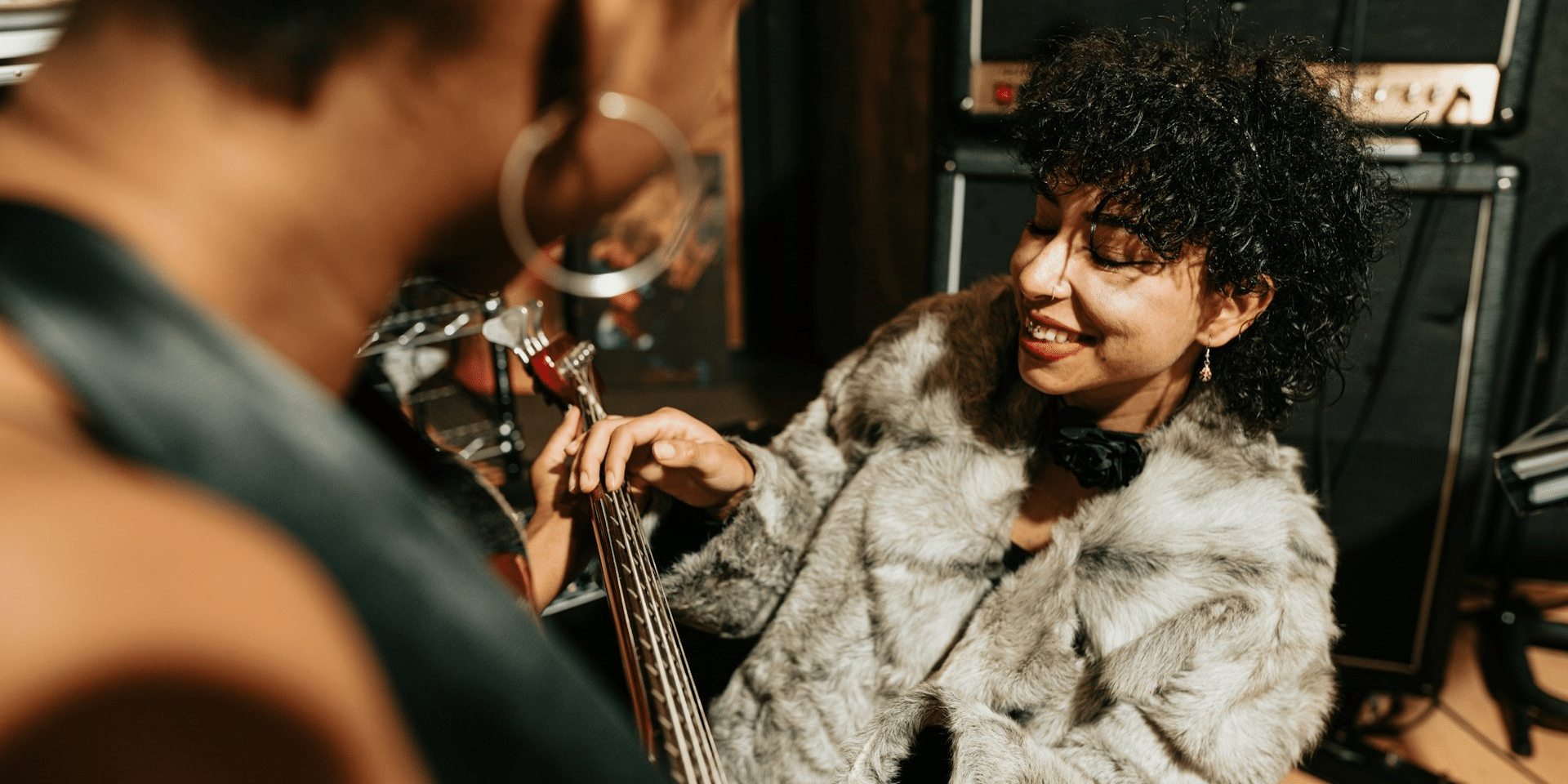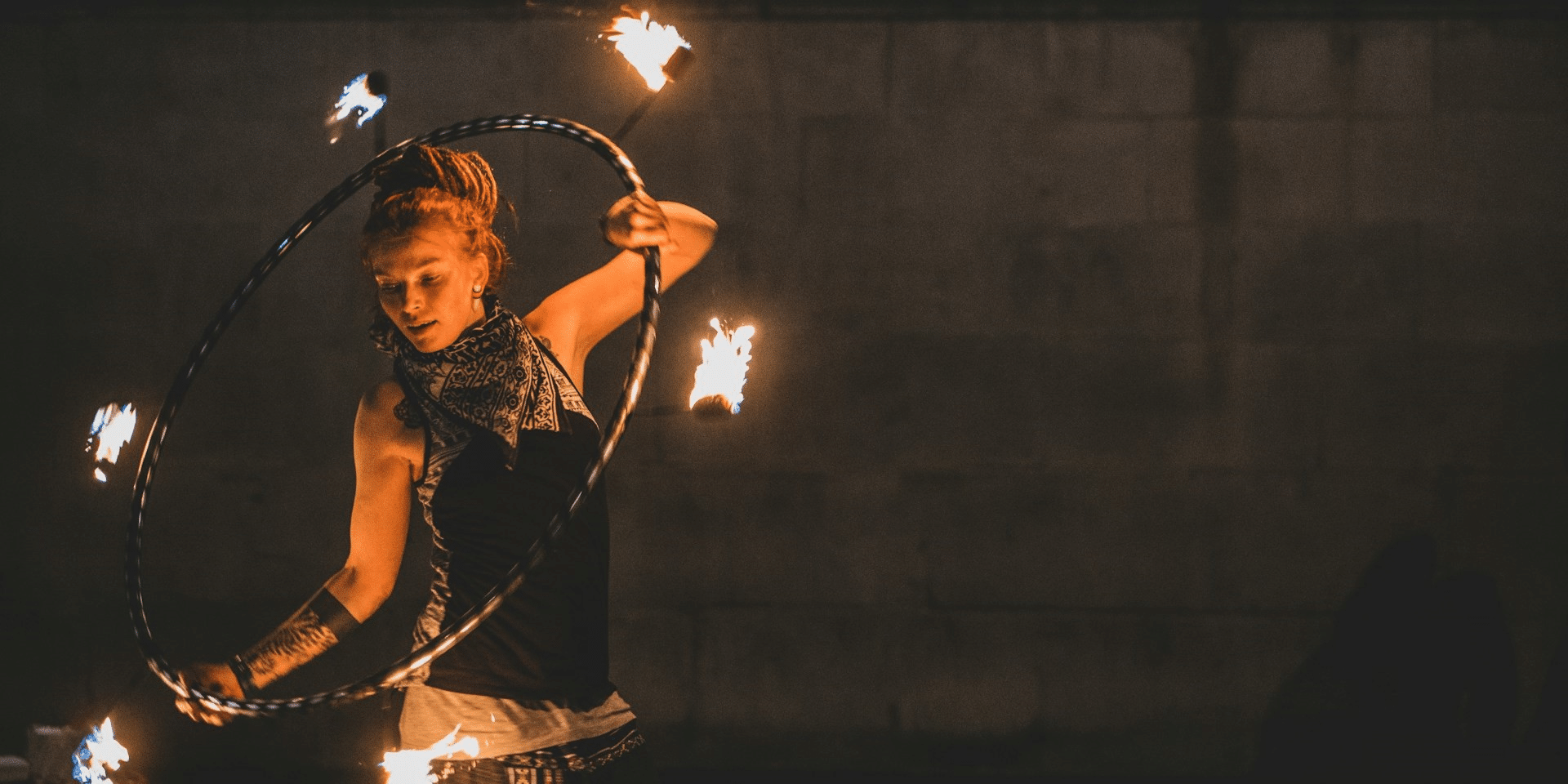The battle against piracy is an ongoing challenge for artists worldwide. As digital media becomes more accessible, the ease of unauthorized copying and distribution has increased, significantly impacting the livelihoods of artists. This article explores the effects of piracy on artists, the strategies employed to combat it, and the potential solutions for safeguarding creative works.
Understanding the Impact of Piracy on Artists
Piracy leads to substantial economic losses for artists. When music, movies, books, and other forms of digital content are illegally downloaded or streamed, artists lose revenue that would otherwise come from legitimate sales. This loss affects their ability to invest in new projects, pay for production costs, and sustain their careers. In addition to direct financial losses, piracy can reduce the overall profitability of the creative industry, leading to fewer opportunities and lower wages for artists and other industry professionals.
Piracy contributes to the devaluation of creative work. When content is freely available through illegal means, the perceived value of that content diminishes. Consumers may become less willing to pay for art, believing they can always find it for free online. This devaluation harms the overall market for creative works and discourages artists from producing new material. Over time, this can lead to a decrease in the quality and diversity of available content as artists struggle to justify the investment of time and resources in new projects.
The revenue lost to piracy often translates into reduced funding for future projects. Artists rely on income from their work to finance new creations. Without sufficient funds, it becomes challenging to produce high-quality content, hire collaborators, and explore innovative ideas. This limitation stifles creativity and the growth of the arts. For emerging artists, the impact can be even more pronounced, as they may lack the financial stability to absorb the losses caused by piracy and continue developing their craft.
Strategies to Combat Piracy
Legal measures are one of the primary strategies used to combat piracy. Governments and organizations worldwide have implemented laws and regulations to protect intellectual property rights. Artists can take legal action against those who infringe on their copyrights, seeking damages and injunctions to prevent further unauthorized distribution. However, enforcing these laws can be complex and costly, often requiring significant legal resources and international cooperation.
Digital Rights Management (DRM) technologies are designed to prevent unauthorized copying and distribution of digital content. DRM systems control how content can be accessed, copied, and shared, making it more difficult for pirates to distribute pirated material. While DRM has its critics, it remains a widely used tool in the fight against piracy. Critics argue that DRM can be inconvenient for legitimate users and may not always be effective against determined pirates. Nonetheless, DRM can deter casual piracy and signal a commitment to protecting intellectual property.
Raising awareness about the negative impacts of piracy is crucial. Educating consumers about how piracy affects artists and the broader creative industry can encourage more people to support legitimate channels. Campaigns, public service announcements, and educational programs can help shift public perception and reduce the demand for pirated content. By highlighting the personal stories of artists and the tangible effects of piracy on their lives, these initiatives can foster a greater appreciation for the value of creative work.
Adopting innovative distribution models can also help combat piracy. Subscription services, such as Spotify and Netflix, offer affordable access to vast libraries of content, reducing the incentive for consumers to seek out pirated material. By making legal access convenient and reasonably priced, these services can diminish the appeal of piracy. Additionally, platforms like Bandcamp and Patreon provide alternative revenue streams for artists, allowing them to monetize their work directly through fan support.
Potential Solutions for Protecting Creative Works
Blockchain technology offers a promising solution for protecting creative works. Blockchain can provide a secure, transparent way to track and verify the ownership and distribution of digital content. Artists can use blockchain to establish clear ownership records and ensure that they receive fair compensation for their work. Smart contracts, which automatically execute and enforce payment terms, can further enhance the protection and monetization of digital content.
Licensing agreements can help artists control how their work is used and distributed. By entering into licensing deals with reputable distributors, artists can ensure that their content is available through legitimate channels. These agreements can also include provisions for revenue sharing, ensuring that artists receive a fair share of the profits from their work. Licensing can also open up new markets and opportunities for collaboration, expanding the reach and impact of an artist’s work.
Building a strong community of supporters can help artists combat the effects of piracy. Crowdfunding platforms, such as Kickstarter and Patreon, allow fans to directly support their favorite artists. By fostering a loyal fan base willing to financially back their projects, artists can reduce their dependence on traditional sales channels and mitigate the impact of piracy. Community support can also provide valuable feedback and encouragement, helping artists stay motivated and connected to their audience.
Artists can collaborate with technology companies to develop new tools and platforms that protect their work. For example, companies like YouTube and SoundCloud have implemented content ID systems that detect and manage copyrighted material. By working together, artists and tech companies can create more effective solutions to prevent unauthorized distribution. These collaborations can also lead to the development of new features and services that enhance the user experience and provide additional revenue streams for artists.
The battle against piracy is a multifaceted challenge that requires a combination of legal, technological, and educational strategies. While piracy remains a significant threat to artists’ livelihoods, there are numerous approaches to mitigate its impact. By embracing innovative solutions, fostering community support, and leveraging legal protections, artists can better safeguard their creative works and continue to thrive in the digital age. The collective effort of artists, consumers, technology companies, and policymakers is essential to creating a sustainable and fair creative ecosystem where artists can flourish and audiences can enjoy diverse, high-quality content.
















